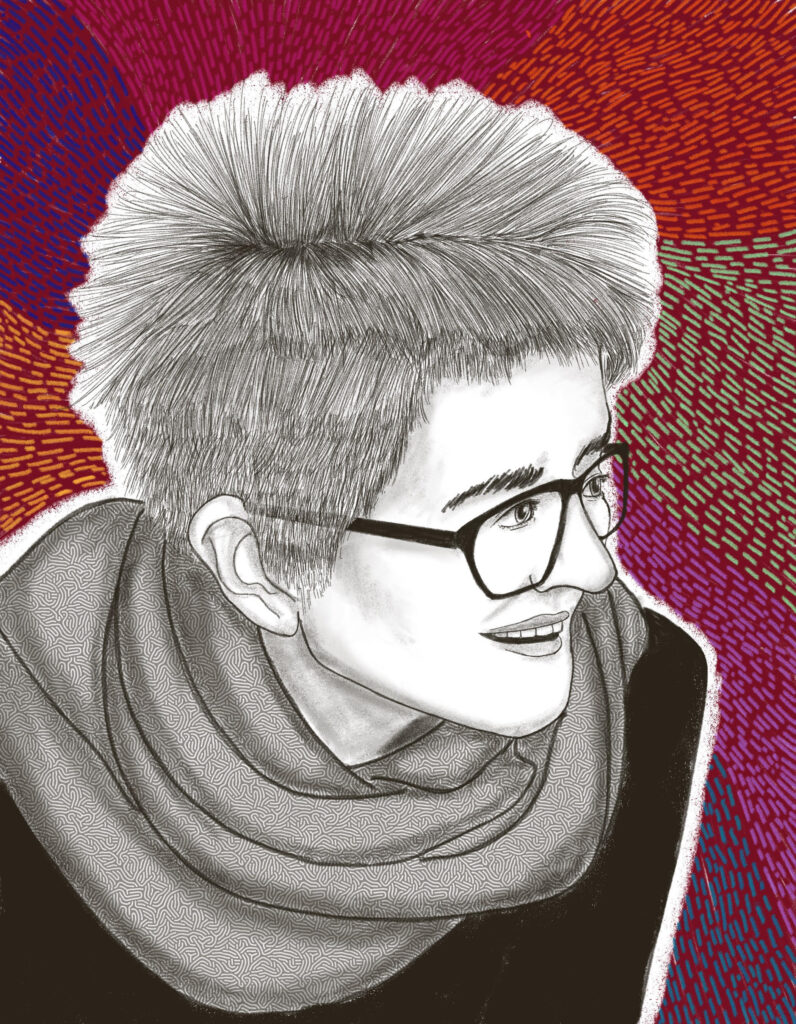
“Opening up relations with other beings that are seen as dirt or detritus is a way to diminish some of our own hubris.”
Artist Laurie Palmer believes they can. In her book, The Lichen Museum, Laurie explores what we can gain from learning to see life the way a lichen does. Laurie explains how our understanding of the world is filtered constantly through our own physical selves – we have a certain height and breadth; we can see for long distances; we are transient and ephemeral beings; and our brains tend to break reality into neat, distinct pieces and then give those things names. But what if we were more like a long-lived lichen?
Laurie is fascinated by lichens, these small and mostly overlooked organisms. Individuals of some species can stay alive for literally thousands of years. Laurie discovers that lichens have a lot to teach her (and the rest of us) about resiliency, adaptability, diversity, and perhaps most importantly, about how connected we are with other beings.
HOW TO BUY & READ LAURIE’S BOOK, “THE LICHEN MUSEUM”
Easy enough to acquire: order it from your local bookstore! You can also purchase it directly from the publisher, the University of Minnesota Press.
Laurie Palmer’s earlier book was In the Aura of a Hole: Exploring Sites of Material Extraction (2015), which studies humans’ effects on nature through her decade-long exploration of mineral extraction sites in the U.S. You can read her interview with Art21 Magazine about that.
HOW TO FIND OUT MORE ABOUT LAURIE’S WORK
Best place is Laurie’s own website at alauriepalmer.org. But there are also some other gems out there, like articles either written by Laurie or articles written about her. Here’s a lovely piece Laurie wrote for Orion Magazine. The article contains five tips on how to live like a lichen.
And here’s an article that provides insights into her art practice, published in SFMOMA’s Open Space series.
MORE DETAIL ON VARIOUS THINGS REFERENCED IN THE EPISODE
Taking a Lichen Walk
1. Purchase and use a 10-power magnifying hand lens, like this one for only $13.75 from ASC Scientific. A “10-power lens” or as Laurie referred to it during the interview, a “10x lens” means that the lens will make an object appear ten times its actual size.
2. Keep your eyes peeled and expect to encounter lichens in unexpected places – sidewalk cracks, electrical utility boxes, car doors. And of course, don’t neglect more typical spots like on the bark of trees, the surfaces of damp stones, and the walls of neglected wooden sheds.
3. Get close to the ground. As Laurie explains, “To look at lichens, you have to bend down and kneel, and get inside their world in a way that reduces your stature and vertical human body, which is in control of the world through long distance vision. You become myopic, and they become really huge, and you enter into their tiny world, and so there’s a loss of your own sovereignty, just in the act of looking.”
ADVICE ON BINOCULARS
Another scientific tool that’s useful to have for observing nature are binoculars. In the course of the interview, Laurie asks for advice on which ones to buy. Jill suggested that for a pair that is adequate and costs less than a hundred dollars, try these fun colorful ones made by Nocs Provisions.
“BARTLEBY, THE SCRIVENER”
Written by Herman Melville and published in the 1850s, the short story titled “Bartleby, the Scrivener” is about a worker who, whenever his boss asks him to do something, consistently answers, “I would prefer not to.” Bartleby’s quiet refusal becomes a powerful act of passive resistance. The story is rather an odd one with elements of absurd, dark humor and ultimately, a descent into nihilism. But it’s at its best and most memorable when it’s challenging the modern world’s assumptions about obedience, productivity, and purpose.
Bartleby came up in this “Shape” interview when Laurie described lichens’ resistance to cultivation. While lichens produce unique chemical compounds that could potentially be useful and economically profitable to humans, lichens grow too slowly for those products ever to be scaled up. Laurie portrays this “failure” as successful resistance on the part of the lichen. They cannot be used or commodified.
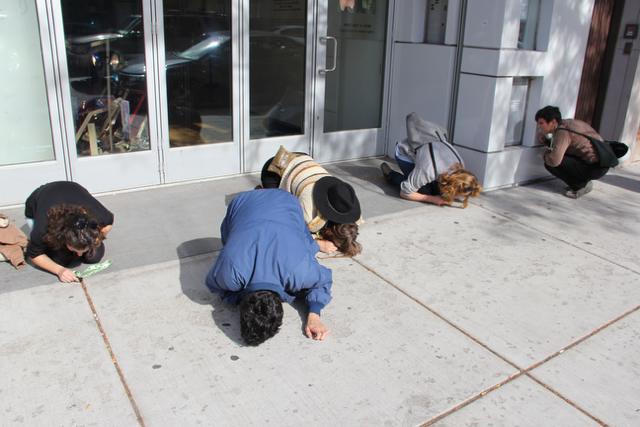
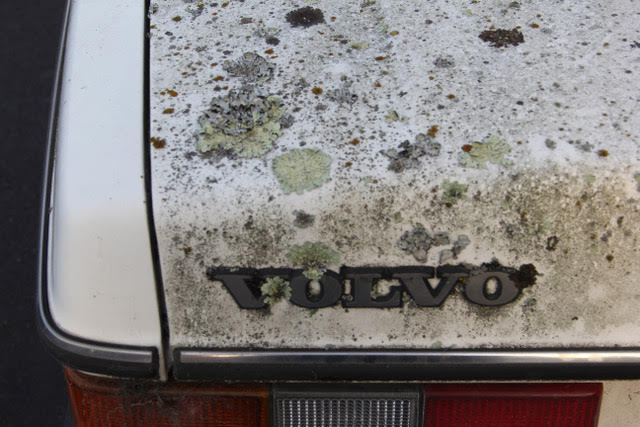
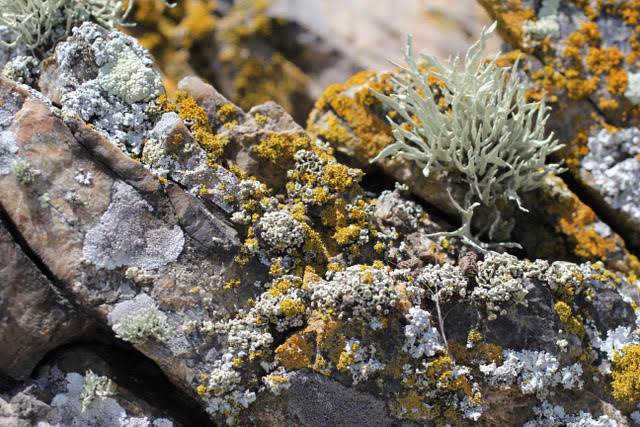
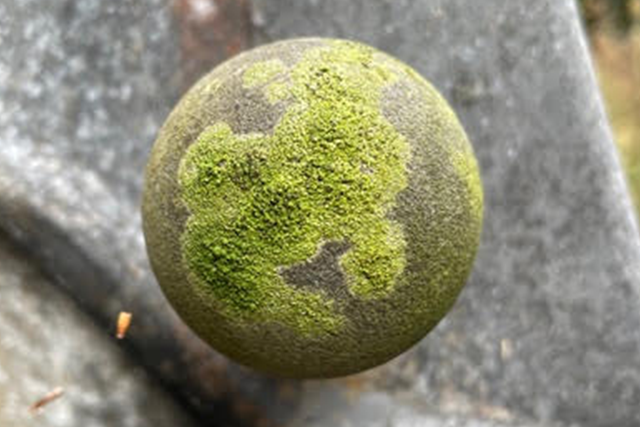
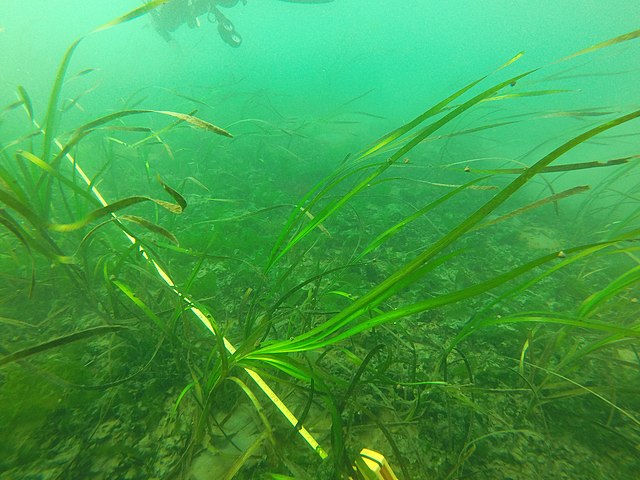
[Photo by Michael L. Baird]

[Photo by Michael L. Baird]

[Photo by Evie Fachon]
